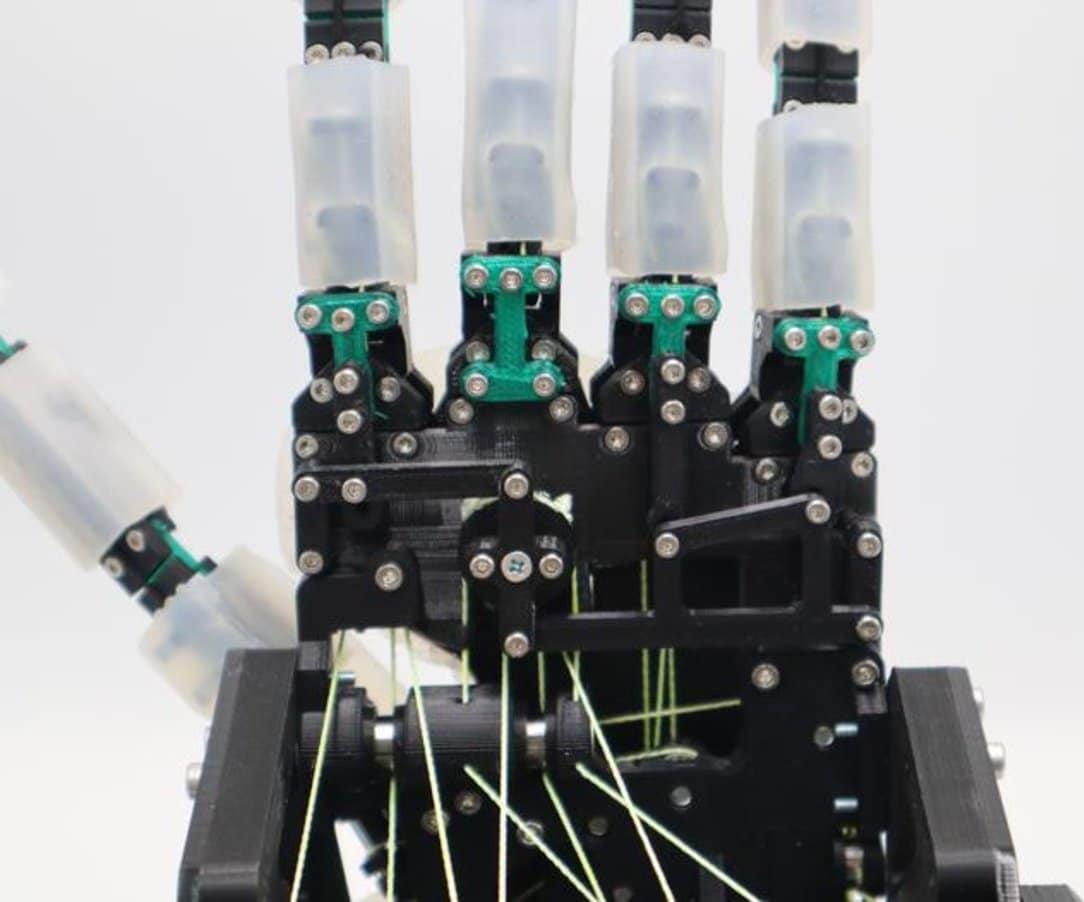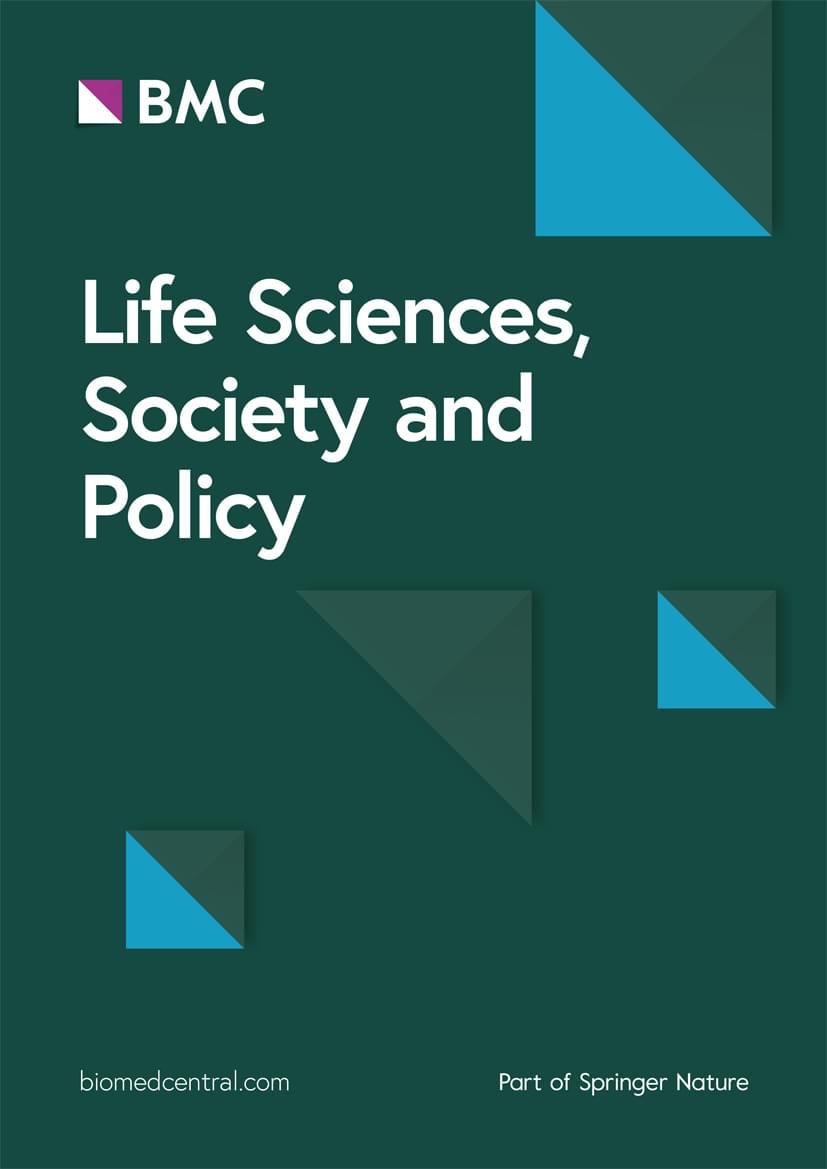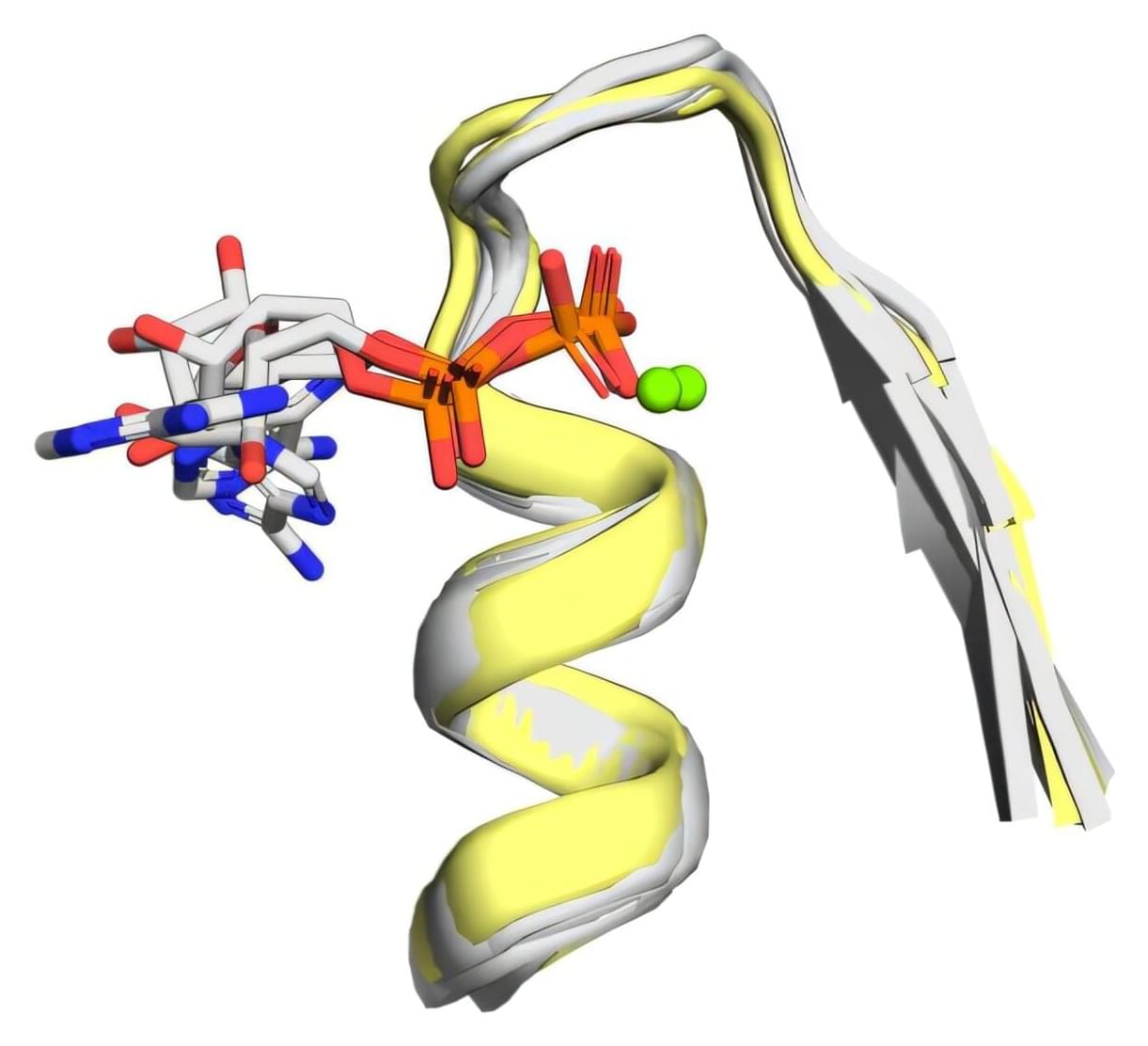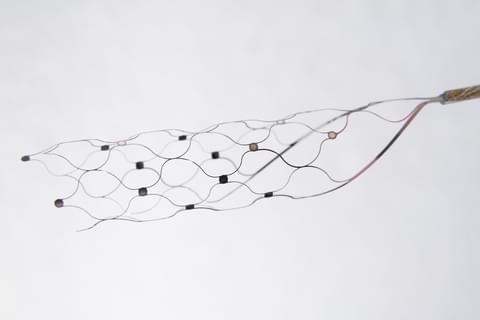A new study reveals how a soft, compliant robotic hand, built with silicone skin, springs, and bendable joints, can self-organize grasps without needing precise environmental data or complex programming.



Rapid advancements in human neuroscience and neurotechnology open unprecedented possibilities for accessing, collecting, sharing and manipulating information from the human brain. Such applications raise important challenges to human rights principles that need to be addressed to prevent unintended consequences. This paper assesses the implications of emerging neurotechnology applications in the context of the human rights framework and suggests that existing human rights may not be sufficient to respond to these emerging issues. After analysing the relationship between neuroscience and human rights, we identify four new rights that may become of great relevance in the coming decades: the right to cognitive liberty, the right to mental privacy, the right to mental integrity, and the right to psychological continuity.




How did life originate? Ancient proteins may hold important clues. Every organism on Earth is made up of proteins. Although all organisms—even single-celled ones—have complex protein structures now, this wasn’t always the case.
For years, evolutionary biochemists assumed that most ancient proteins emerged from a simple signature, called a motif. However, new research suggests that this motif, without the surrounding protein, isn’t as consequential as it seemed. The study is published in the journal Molecular Biology and Evolution.
The international team of researchers was led by Lynn Kamerlin, a professor in the Georgia Tech School of Chemistry and Biochemistry and Georgia Research Alliance Vasser Woolley Chair in Molecular Design, and Liam Longo, a specially appointed associate professor at the Earth-Life Science Institute at the Institute of Science Tokyo, in Japan.

Biomarkers used to predict heart failure risk in the general population may be ineffective for assessing risk after pregnancies complicated by hypertension or diabetes, according to a study published in JAMA Cardiology.
Several adverse pregnancy outcomes, including preeclampsia and gestational diabetes, have been linked to long-term heart health risks for pregnant women, said Priya Freaney, MD, ‘22 GME, assistant professor of Medicine in the Division of Cardiology, who was first author of the study.
“We know that features of complicated pregnancies can impact a woman’s heart disease risk decades later,” Freaney said. “It’s important for us to have some way to track and screen the patients that have pregnancy complications to further clarify if someone’s on a high-risk path toward heart disease and help bring their risk down with aggressive screening, prevention or early implementation of therapies.”



Everyone’s seen Rudolph Zallinger’s “The March of Progress” illustration showcasing the evolution of humans: from early primate ape ancestor, Dryopithecus, and progressing toward modern man, Homo sapiens. Evolution is a fascinating phenomenon, but it doesn’t necessarily always follow a straight path as portrayed by Zallinger.
The idea that evolution marches from simple to complex forms, building irreversibly on each prior form has been around for a long time. Paleontologist Louis Dollo’s law states that once an organism progresses with a specialized structure, it does not revert to the previous state.
But now, a new study published in the journal Evolution is challenging the prevailing belief that life progresses unidirectionally. The findings suggest some plants can evolve backward, i.e., specialized species can revert to their more primitive forms.